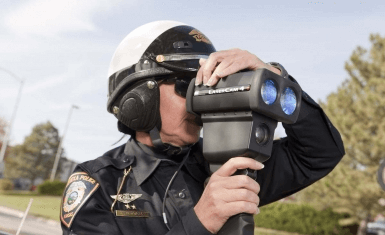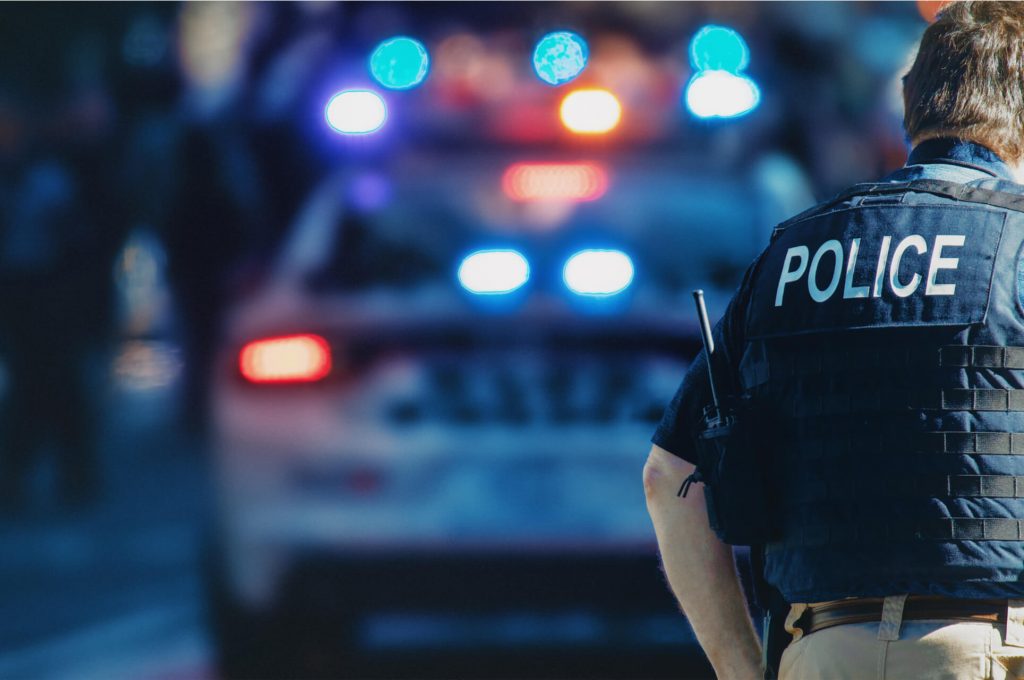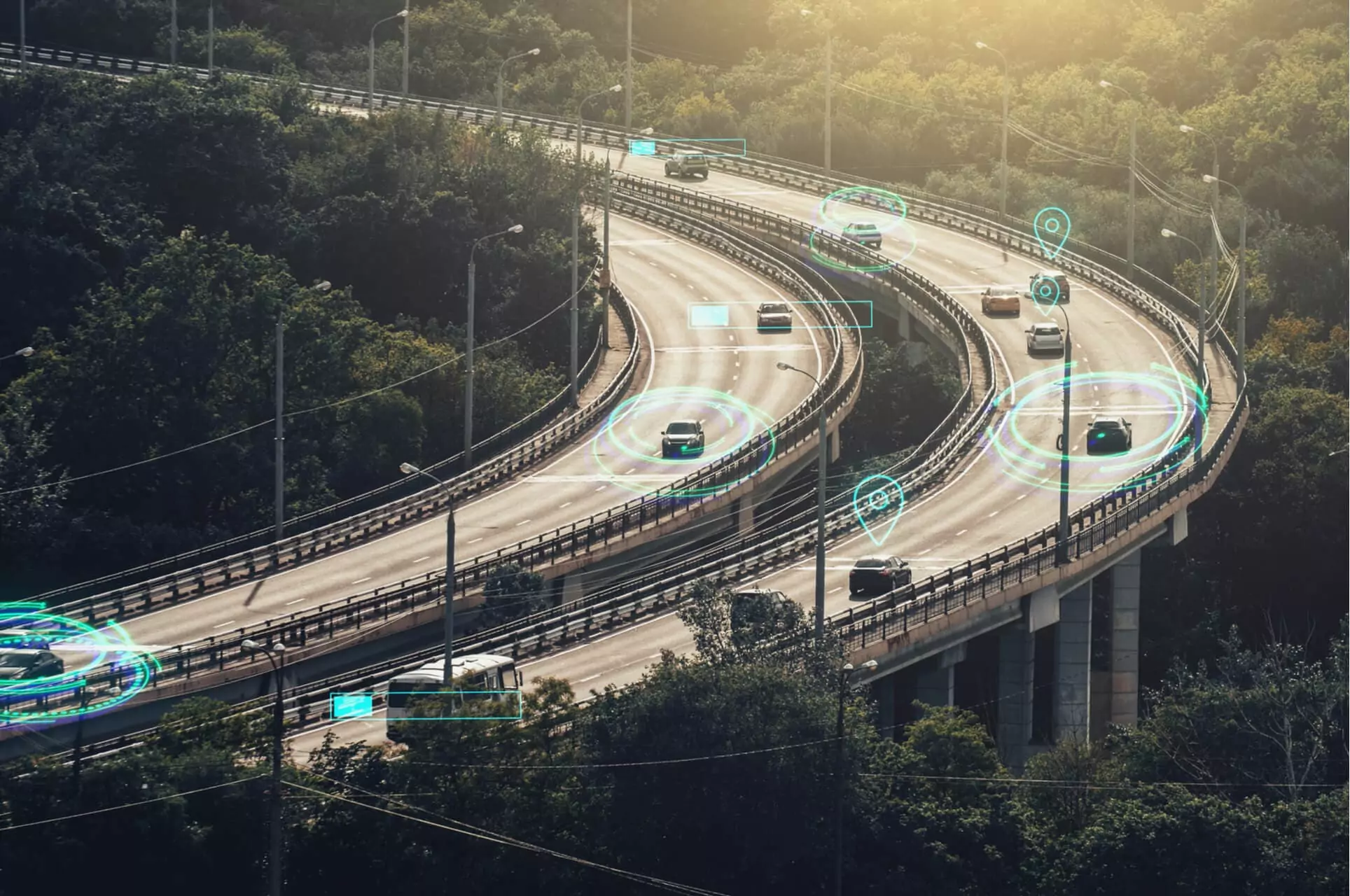One of the most important, and seldom recognized, tasks of most police departments is to help keep their communities safe on the roads.
As much as the average member of the public can be trusted to keep themselves and the people around them safe, it only takes one reckless driver to create a tragedy. We use cars so frequently that we rarely think about the risks; it can be easy to forget that one drunk driver, or someone speeding – whether intentionally or not – can ruin lives. While it may not be the most glamorous part of policing, it is one of the most important ones: traffic police save lives every day without anyone ever knowing.
Some members of the public may think that local traffic regulations, speed limits and signage are all simply ‘eyeballed’, or assigned according to the whims of whatever authority manages the local roads. However, we live in a data-driven world, and traffic management is no exception. Here in the USA, the formal collection of traffic data goes all the way back to the 1930s, with early traffic engineers manually collecting data to help decision-makers set their policies. Of course, we now use far more sophisticated, automated methods that allow for more accurate data collection and effective intervention.
OVERT VS COVERT DATA COLLECTION

We all know the effect that an officer armed with a RADAR or LIDAR device has on traffic. More often than not, speeders panic and slow down to avoid being caught. Some drivers who spot speed traps may try to communicate and warn other drivers. Others even go to the lengths of buying their own radar detectors to avoid being caught, although the legality of these devices still differs from state to state.
This is, even more, the case for stationary RADAR devices, as local residents learn their locations and adjust their speed accordingly. While some drivers get caught and fined, others will manage to react in time and get away with breaking the law.
Having said this, speed detectors represent a clear overall benefit for the community. Reckless drivers will either be fined and (hopefully!) learn to be more cautious, or the knowledge that they’re being monitored means that their speed will decrease overall – even for those trying to bend the rules. Either way, drivers become more cautious and conscious of their speed, leading to safer roads.
The only thing that overt traffic data collection doesn’t do is give an idea of how drivers behave when they’re not being watched. Paradoxically, the very act of gathering data changes it. To address this, we turn to covert data collection for more ‘natural’ traffic data. When the data is being collected as unobtrusively as possible, for example by an inconspicuous box attached to a post, we get a far more accurate sense of traffic behavior. Rather than trying to catch people or directly alter their behavior on the road, covert data collection benefits longer-term traffic solutions.
HOW DOES IT WORK?

Covert traffic data collection is usually performed by a unit such as the StealthStat II. Locations are either chosen due to resident complaints or at accident hotspots or simply move from one spot to another on a rotating basis.
The box is mounted on a pole and is completely unobtrusive; most drivers won’t even see it. If they do notice it, the unit will likely be mistaken for an electrical box or traffic light signal box. While older data units used road tubes to count vehicles, modern units use a directional K-band RADAR for more accurate data collection. These units have long-life batteries, meaning that they can be left in one place for a week or more. The data can then be downloaded and manually or automatically arranged into graphs, charts and reports. These reports are then used internally by the local police and shared with policymakers. The data collection unit doesn’t require any human intervention after being set up, and can monitor the area 24/7 without drivers even being aware of its presence.
HOW IS THE DATA APPLIED?

One of the biggest advantages of having accurate traffic data is that it avoids wasting police manpower. Departments working without accurate data have to rely on a more hit-and-miss approach to catching speeders. Complaints from local residents about speeding need to be investigated each time by officers; this takes them away from larger cases while often remaining inconclusive.
Departments with accurate data, on the other hand, can deploy their officers in a more targeted manner. This goes beyond simply finding locations with a high rate of traffic violations, but also looking at particular times of day or days of the week. This can be used both for general traffic enforcement and in identifying individual traffic violators. In the case of hot-spots with consistent issues, the department may also share the collected data with their town councils or local governments to affect decision-making in terms of posted speed limits, signage and so on.
Clearly, the safest and most effective approach to traffic policing is a mix of these two methodologies. Covert data collection should be used initially to give departments a clear and accurate idea of how, where and when to deploy their resources, before applying officers with overt RADAR or LIDAR devices to actually control and improve driver behavior.

